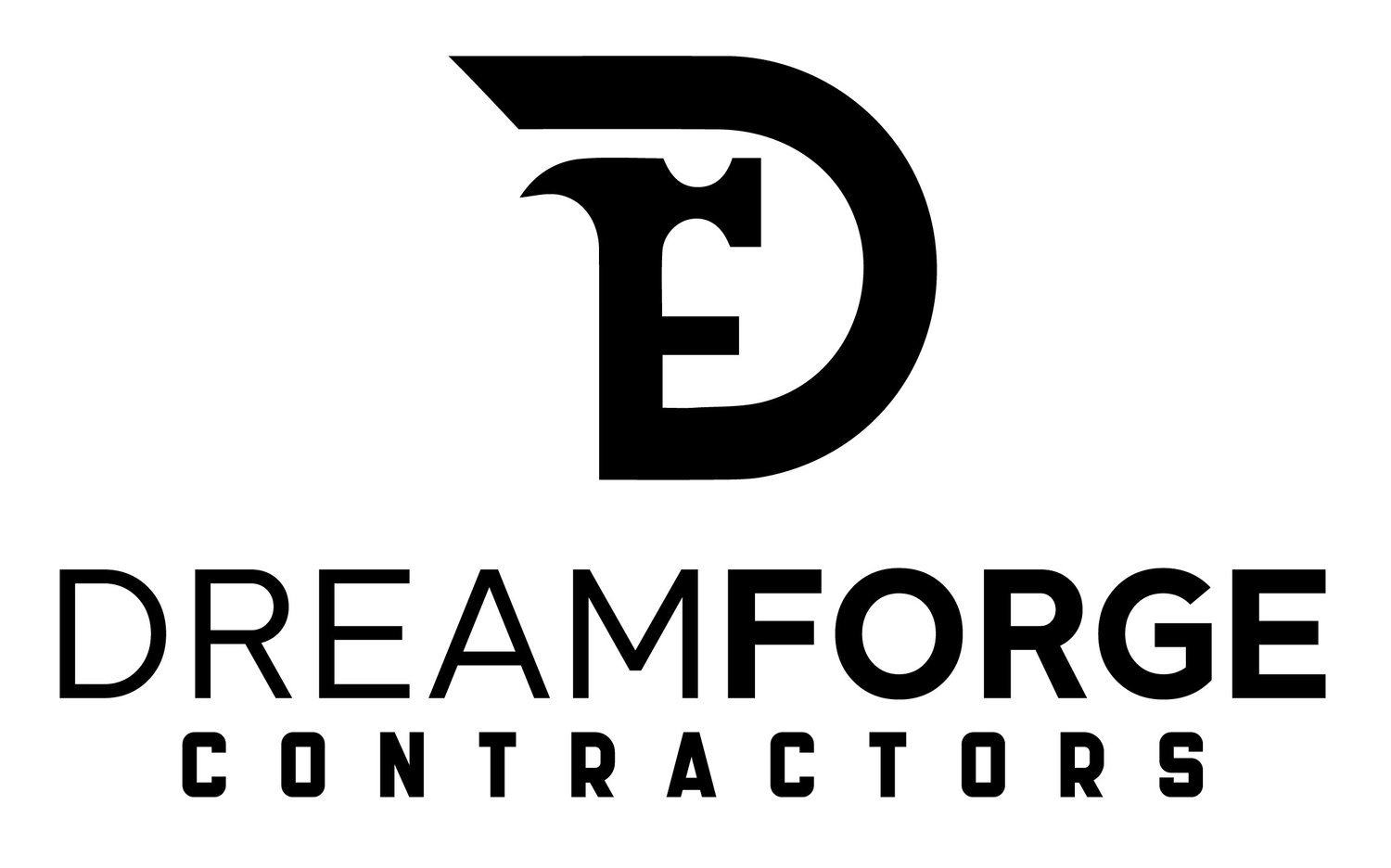Retaining Walls in the PNW
Retaining walls offer a range of benefits that make them a valuable addition to any property. These structures not only enhance the aesthetic appeal of outdoor spaces but also serve important functional purposes. In the Pacific Northwest they are essential as very few plots are completely flat. For the purposes of this essay we’ll cover engineered block, poured concrete, natural rockeries, and treated wooden walls. First, the benefits of a retaining wall.
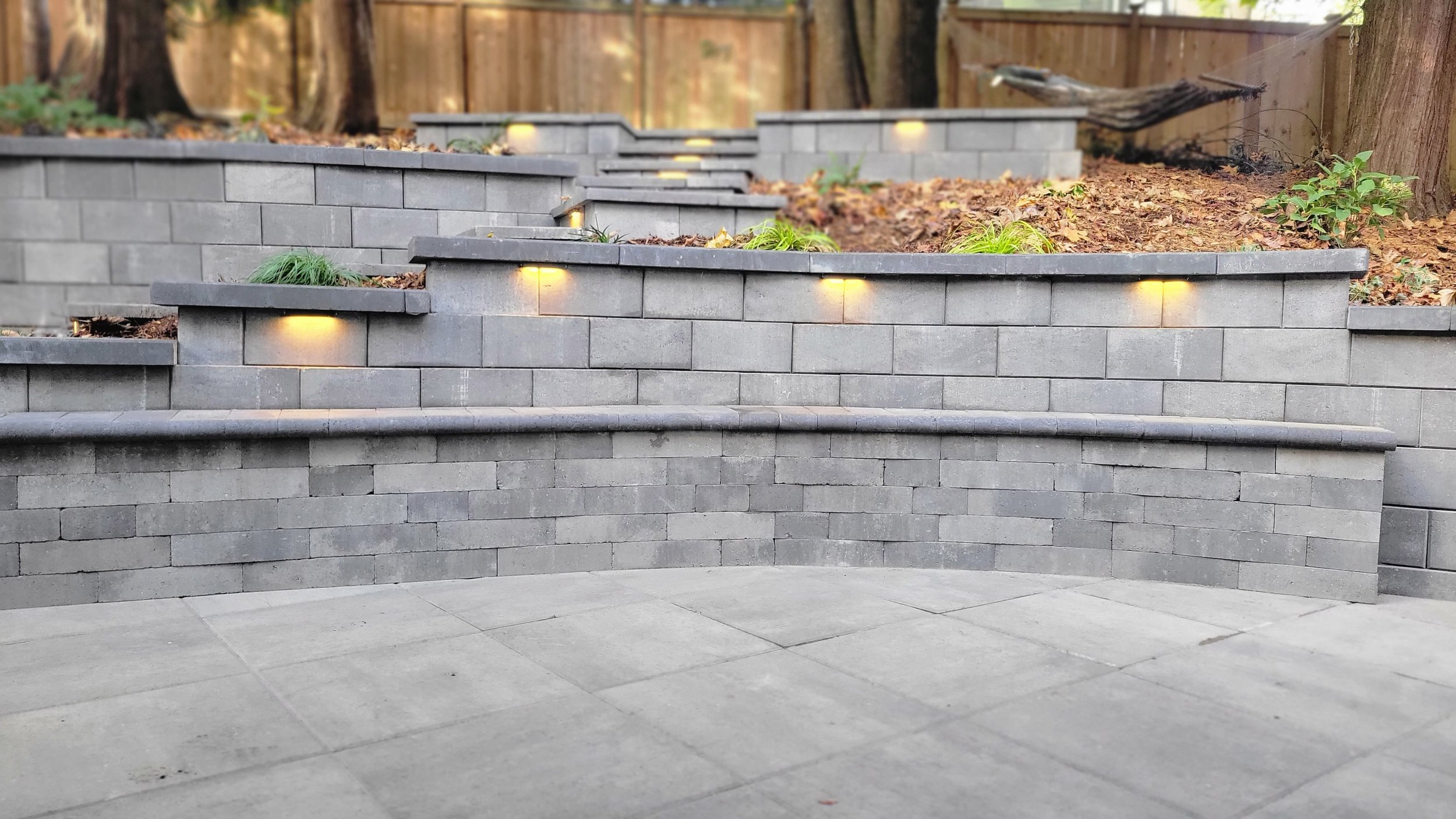

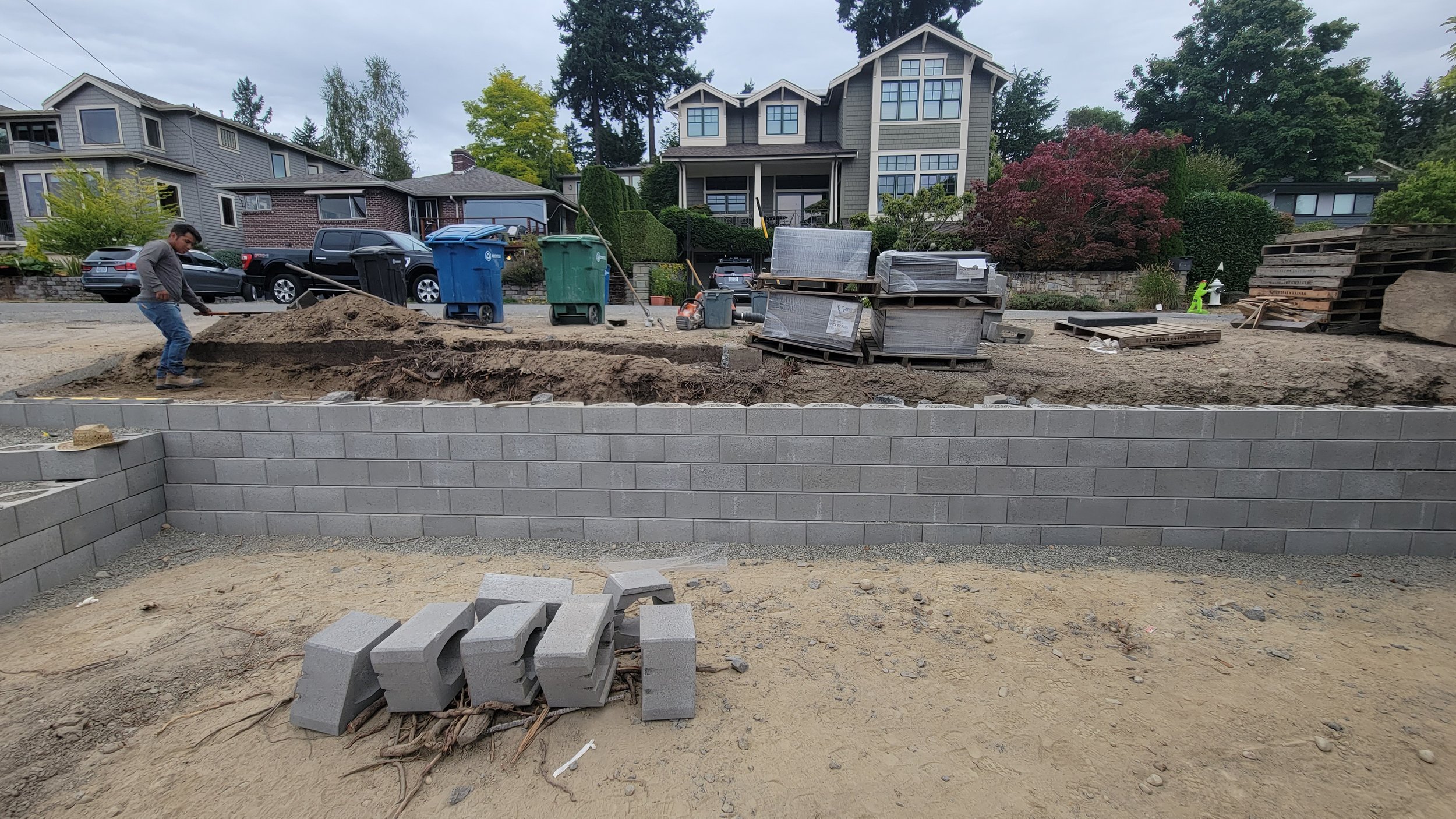
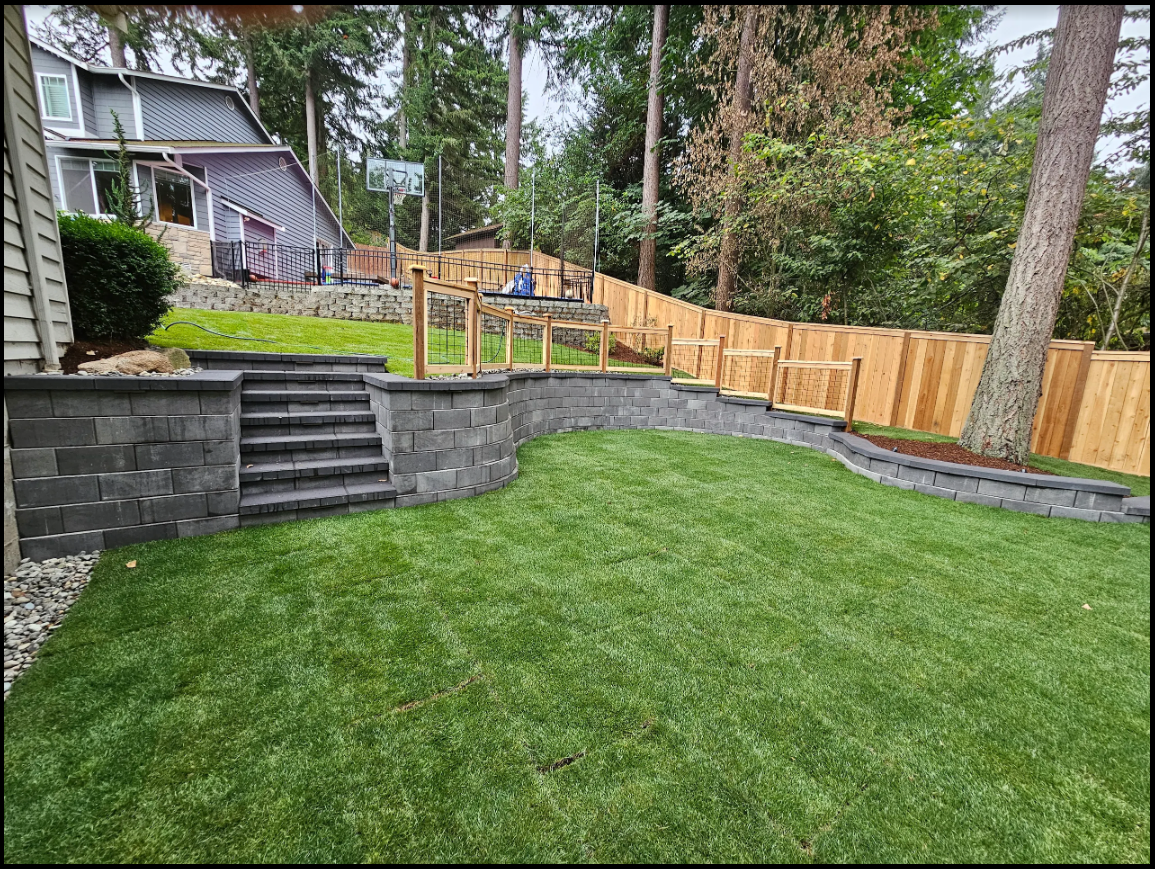
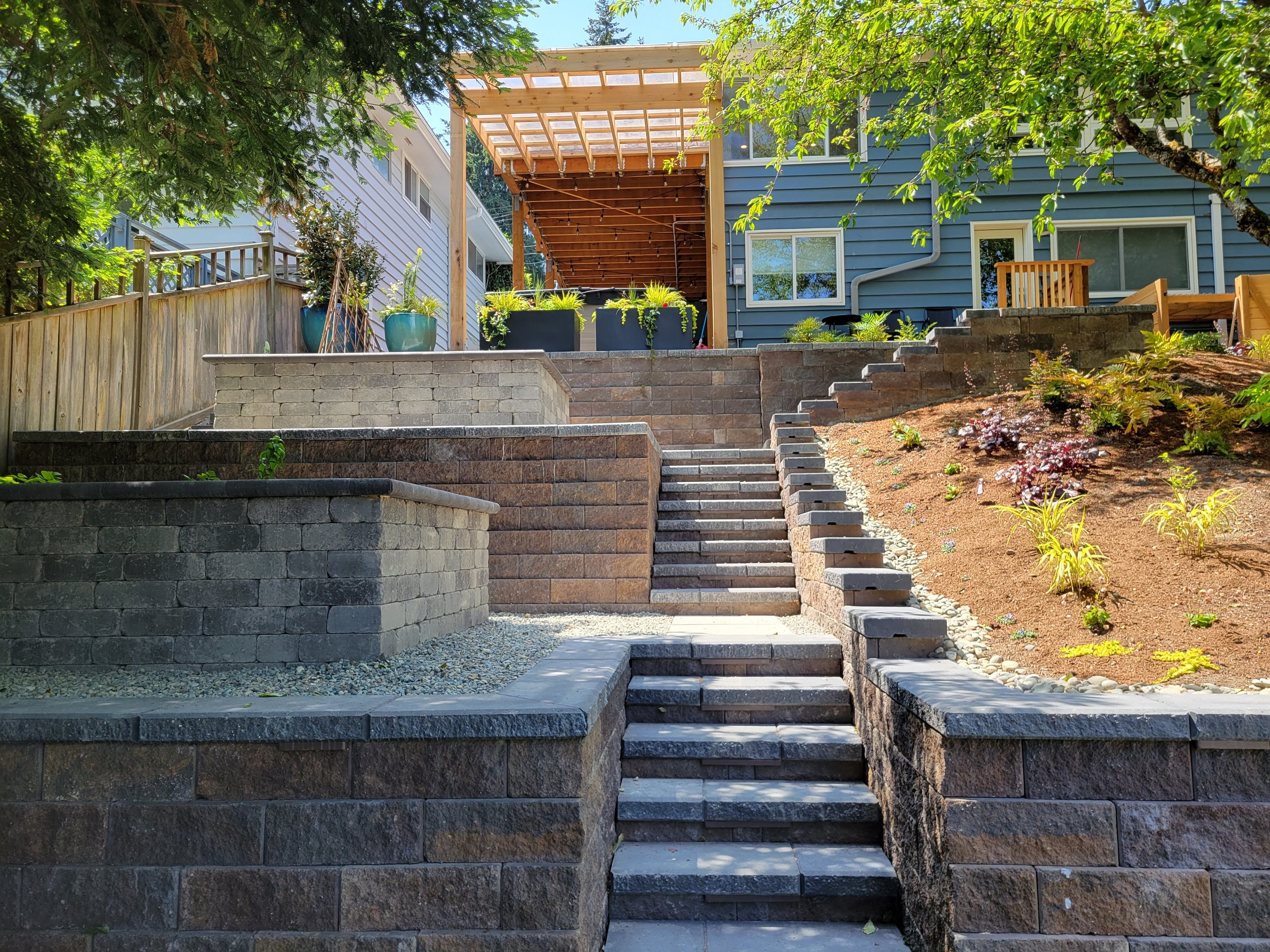
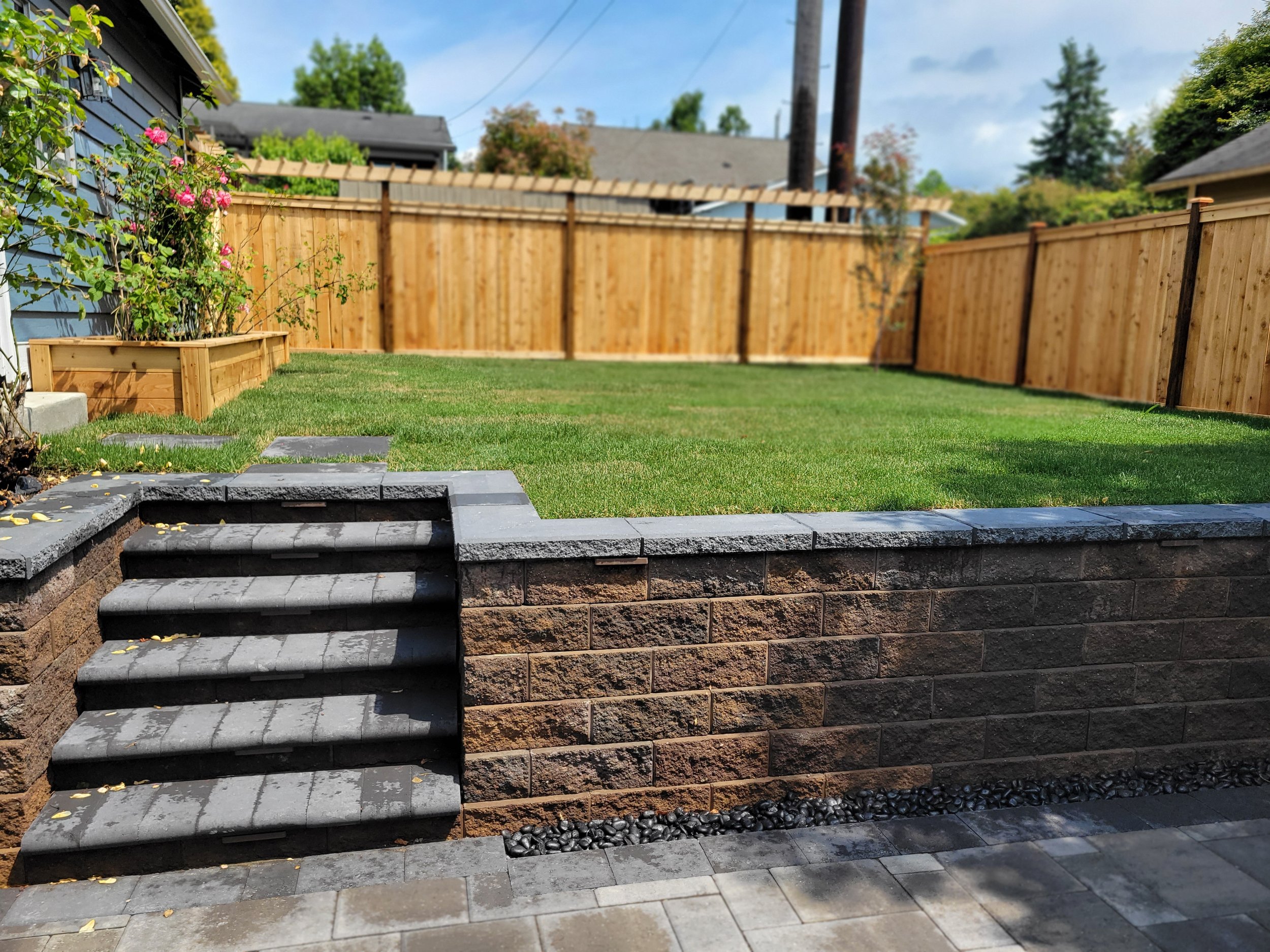
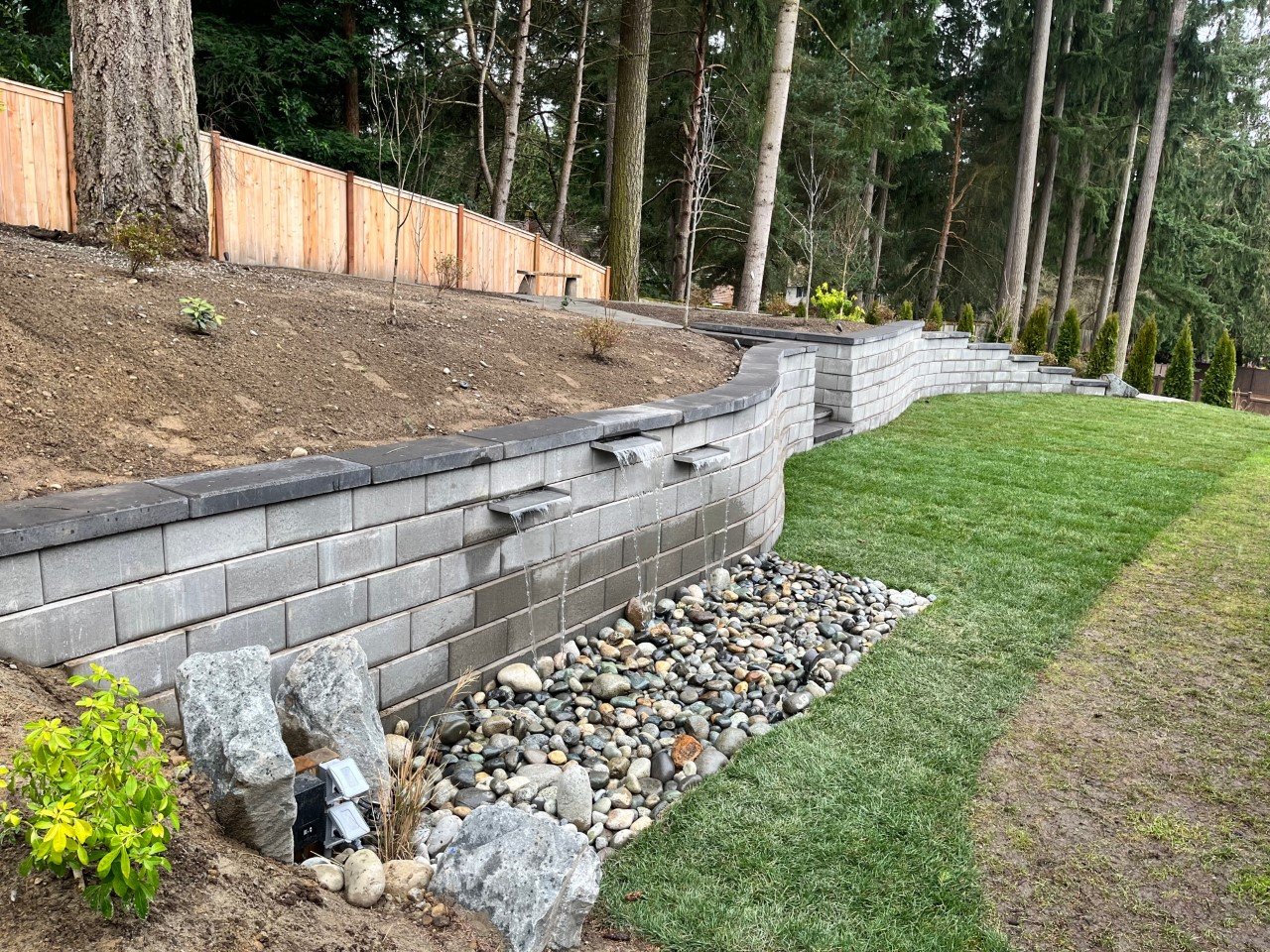
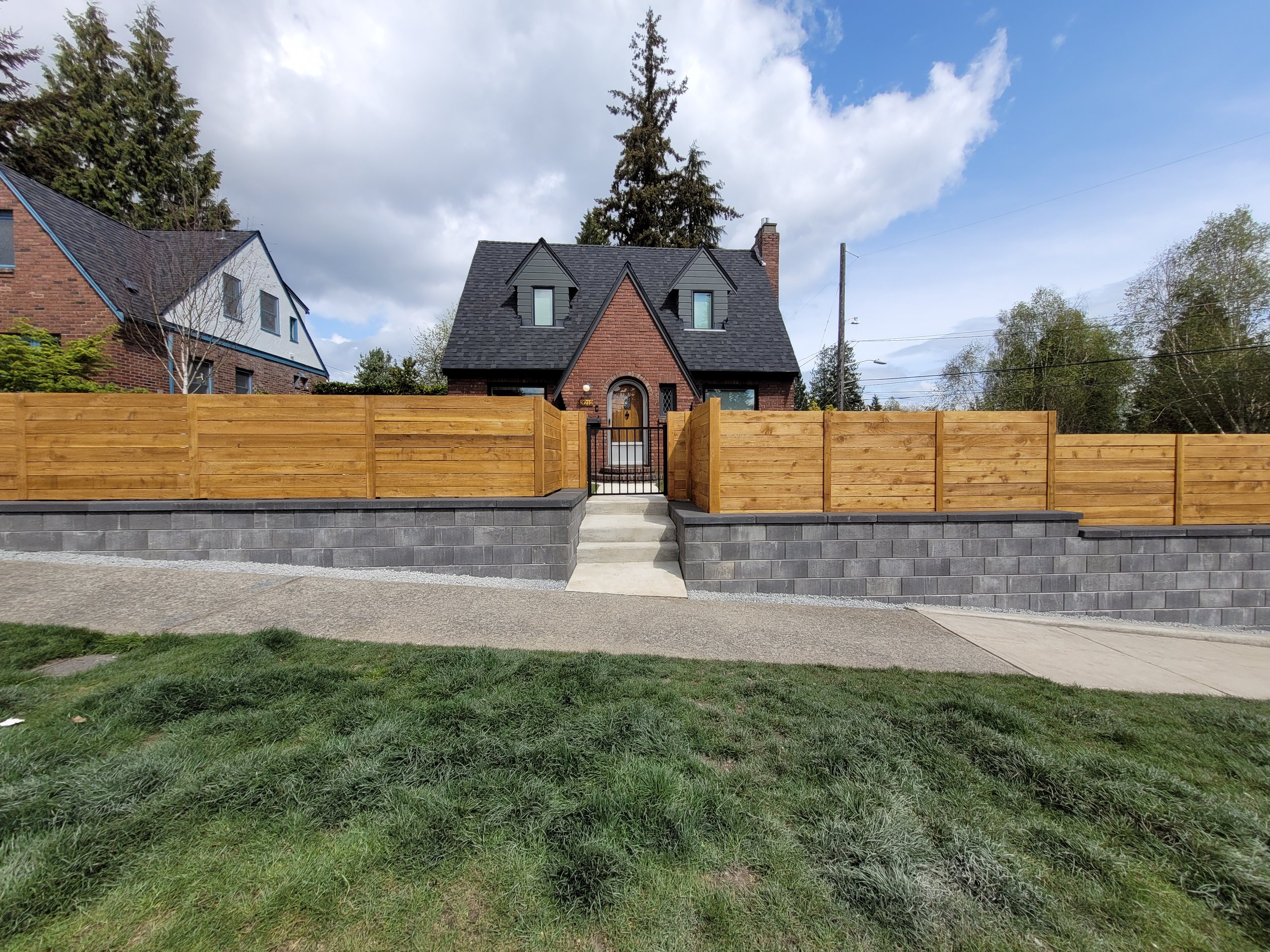
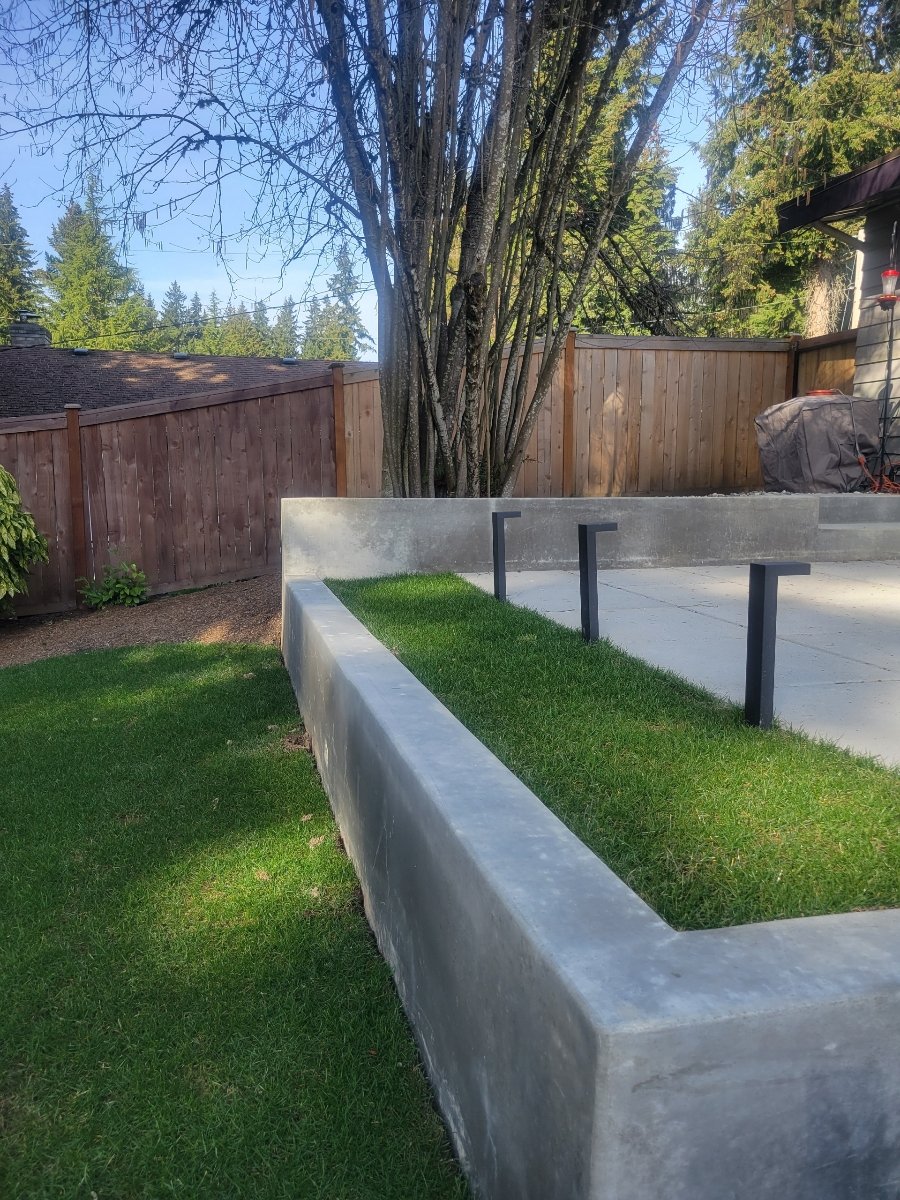
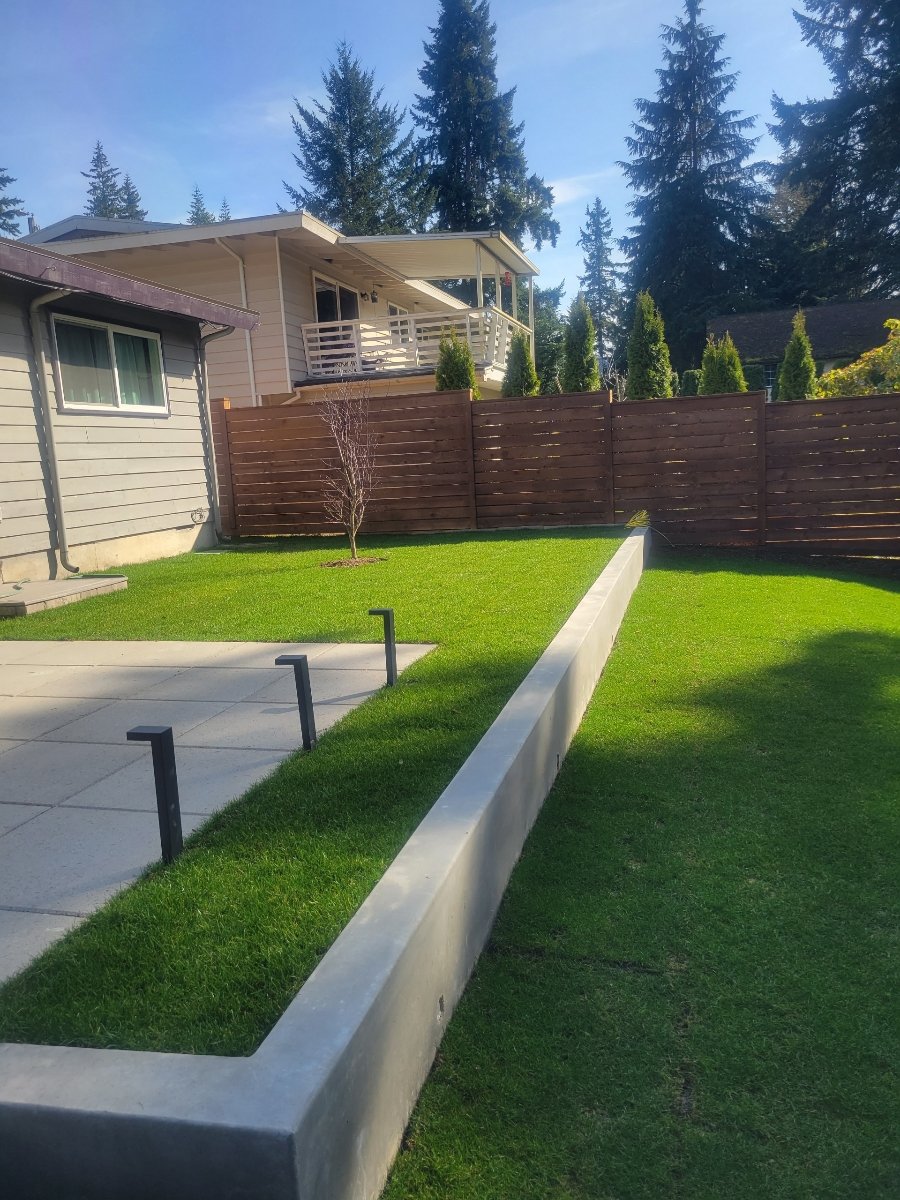
One of the primary benefits of retaining walls is their ability to prevent soil erosion. By holding back soil on sloped areas, they help maintain the integrity of landscapes and prevent potential damage caused by erosion. This can be particularly beneficial for properties situated on hillsides or in areas prone to heavy rainfall. In addition to erosion control, retaining walls can also create more usable space on uneven terrain. By leveling out slopes or creating terraced areas, these walls provide additional room for gardens, patios, or other outdoor amenities. This not only maximizes the functionality of your property but also enhances its overall value.
Furthermore, retaining walls offer excellent structural support. Whether it's a manor stone wall or a pressure treated wood wall, these structures are designed to withstand significant amounts of pressure from soil and water. They help stabilize the ground and protect against potential damage caused by shifting or settling earth.
Lastly, retaining walls can greatly enhance the visual appeal of outdoor spaces. With various materials and design options available – such as manor stone or rockery constructions – these walls can complement any architectural style or landscape theme. They add depth and dimension to your property while creating visually stunning focal points.
Now that we’ve explored the need for a retaining wall, let look at the most popular types in the Pacific Northwest. Because this is geared toward residential homeowners, the walls discussed will be assumed to be under 4’ tall. Why under four feet? Because any wall over 4’ requires engineering and permitting. This will be discussed on another blog post. Keep in mind once a wall is over 4’ the price jump dramatically. Today you can drive around Mercer Island and see one or two different $1,000,000 soldier pile walls going in, usually by Peason Drilling Inc.
Engineered Block Walls - These can be found in multiple styles from a modern Murata to a basic Manor Stone. They are the most cost effective walls to install as they are straightforward, produced in factory conditions and go up fast. You can expect to pay between $35-$40 a square foot with base, rock, and drainage included.
Rockery - If you’re going for a natural look then a rockery is probably going to be your choice. They go in like a puzzle and are the most traditional style of wall. The price varies dramatically based on size (one to four man stone) and style of rock (basalt, granite, et cetera). Price can be anywhere from $30-$75 a square foot.
Poured Concrete - This is what most people want when they think of a modern retaining wall. Poured concrete, usually skim coated after completion. Poured concrete walls go up fast, but everything around them will be destroyed during the forming and pouring process. Price is about $25-$35 a square foot, remember to included the footing, the engineering if over 2’6”, the trenching of the footing … so it’s not as straightforward as the others.
Treated Wooden Walls - Unless you absolutely prefer the look, don’t.
